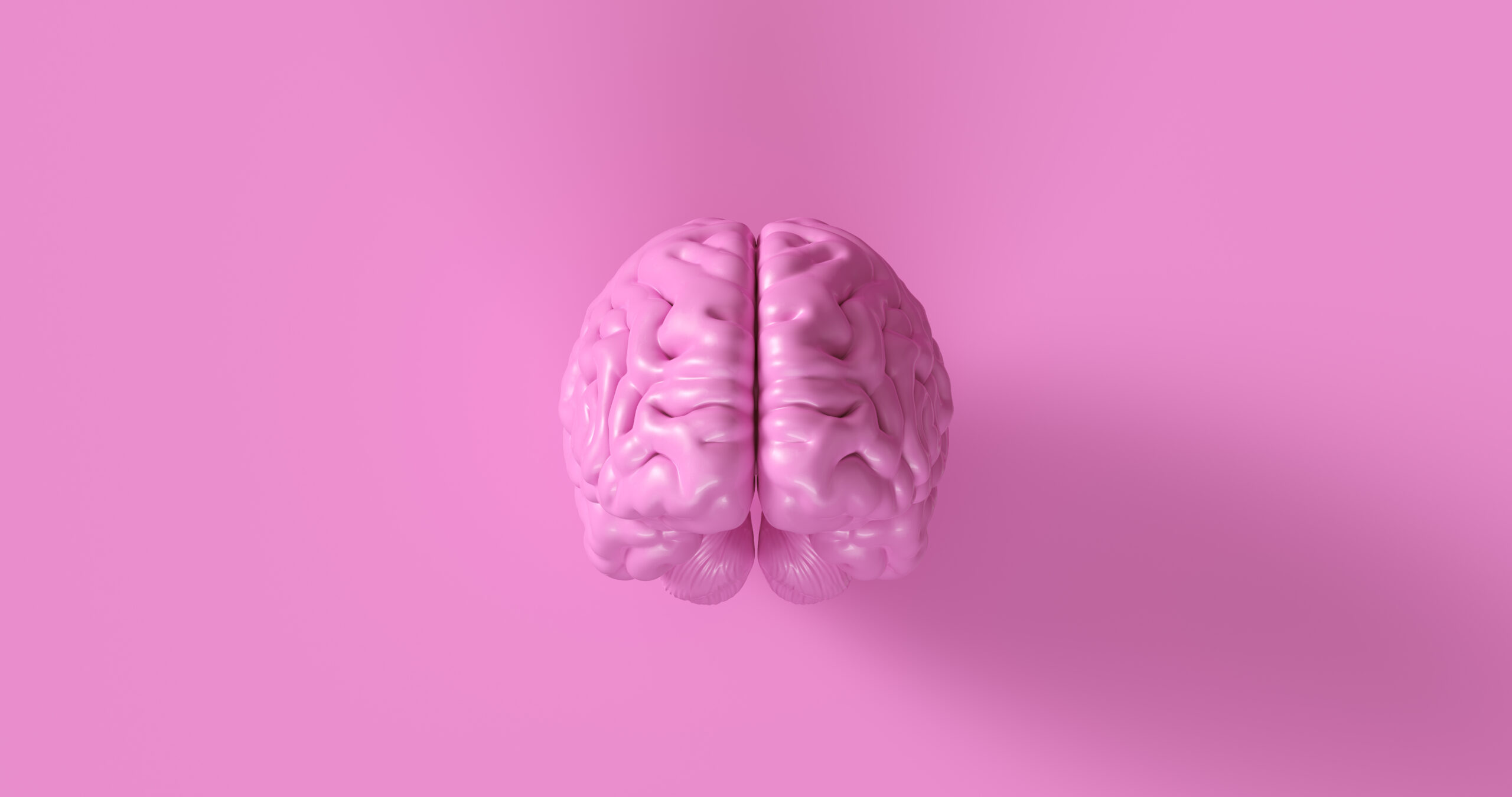The Science Behind Alzheimer What Happens in the Brain
**Understanding Alzheimer’s Disease: What Happens in the Brain**
Alzheimer’s disease is a complex condition that affects the brain, leading to memory loss, confusion, and difficulty with daily tasks. But what exactly happens in the brain to cause these symptoms? Let’s break it down in simple terms.
### The Brain’s Normal Aging Process
As we age, our brains undergo natural changes. The volume of the brain decreases, especially in areas like the frontal and temporal lobes. This loss is more significant in white matter than in gray matter, which is the part of the brain responsible for processing information. Additionally, cerebral blood flow decreases, affecting how well the brain functions.
### The Build-Up of Abnormal Proteins
Alzheimer’s disease is characterized by the accumulation of two abnormal proteins: amyloid beta and tau. These proteins are normally present in the brain but become misfolded and clump together in abnormal ways.
– **Amyloid Beta:** This protein forms clumps called amyloid plaques outside the neurons. These plaques disrupt communication between neurons, leading to cell death.
– **Tau Protein:** Inside the neurons, tau protein forms tangles called neurofibrillary tangles. These tangles damage the neuron’s internal structure, preventing it from functioning properly.
### How These Proteins Affect the Brain
When amyloid beta and tau proteins accumulate, they cause significant damage to the brain. Here’s what happens:
1. **Neuron Loss:** The buildup of these proteins leads to the death of neurons, particularly those involved in memory and learning.
2. **Disrupted Communication:** Amyloid plaques and neurofibrillary tangles disrupt the normal communication between neurons, making it harder for the brain to function.
3. **Inflammation:** The presence of these abnormal proteins triggers inflammation in the brain, which further damages neurons.
### Other Factors Contributing to Alzheimer’s
While the buildup of amyloid beta and tau proteins is a major factor, other elements also play a role in the development of Alzheimer’s disease:
1. **Genetics:** Some people are more prone to Alzheimer’s due to genetic factors, such as having a specific version of the APOE gene.
2. **Lifestyle and Environment:** Factors like smoking, air pollution, and lack of sleep can contribute to the risk of developing Alzheimer’s.
3. **Age:** The risk of Alzheimer’s increases with age, as the brain’s ability to clear out these abnormal proteins declines.
### What Can We Do?
While there is no cure for Alzheimer’s yet, understanding the science behind it can help us take steps to prevent or slow down its progression:
1. **Healthy Lifestyle:** Engage in regular physical activity, eat a balanced diet, and avoid smoking.
2. **Sleep Well:** Adequate sleep is crucial for brain health.
3. **Stay Mentally Active:** Engage in mentally stimulating activities to keep your brain active.
By knowing what happens in the brain during Alzheimer’s disease, we can better understand how to protect our brains and potentially slow down the progression of this condition.





